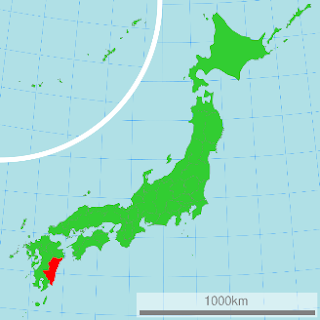Benifuki is one of these. It is a crossing between Benihomare, the oldest registered black tea cultivar, and Makura Cd86, originating from Darjeeling. This is an interesting crossing, as it is one between an Assamica cultivar with Indian roots and a Sinensis var. Sinensis with Chinese roots. By the time of its registration the popularity of black tea was very low, but tests had revealed that when it was made as a green tea it was very efficient against allergies. For this reason it is widely planted and some people call it the yabukita of the black cultivars. Now that wakoucha is becoming more popular it is relatively easy to divert some of the production of a benifuki harvest to Wakoucha, and certainly for kamairicha-makers (more about this in a later blog). A small remark though: some vendors claim their Benifuki-wakoucha to be effective against allergies, but when produced as a black tea many of the active elements that achieved this disappear. So it's green you need when you want to stop sneezing !
Gokase Benifuki 1st flush, Thés du Japon:
21.5 euro for 100 gram. Harvested 31May 2017 in Gokase in the Nishi-Usuki district. The farmer is Mr Miyazaki from the Miyazaki Sabou teafarm, a kamairicha and wakoucha specialist. The farm is situated at a height of 650m in a mountainous region where the evenings are already cooler and the difference between night and day temperatures are bigger. The garden is organic since 1985 and certified since 2001. Gokase is a village of 3800 inhabitants in the north of Miyazaki on the Island Kyushu.
Tasted 30th of July 2019, outside it is fresh and windy but dry, a leaf day. 3 gram, 150ml, 98°C, 2 minutes, in a kyusu. The dry leaves look dark grey but with a definite green touch, they are dry and rather fragemented. Quite a few stems. The wet leaves smell complex, with fruit and vanilla, and most of them now colour dark green with some brown ones. The infusion brings the same complexity in the nose, but the elements are interwoven, is this the aging ? The taste disappoints a bit, with no clear taste nor aftertaste. There is a light astringent touch. The mouthfeel is soft, the astringency is in the background, making it a bit more robust, and in the aftertast the smell of the wet leaves resurfaces. As the tea cools this aftertaste becomes fruitier and longer. Again the cold wet leaves smell very good, complex and special. I would have loved to taste this tea when it was younger. The second brew had a nice sweet touch when cooled down a bit, and was worth the trouble. 😊😊😊(😊)
Map and teagarden pictures from the Thés du Japon website https://www.thes-du-japon.com/index.php?main_page=index. Other pictures taken by the author.








